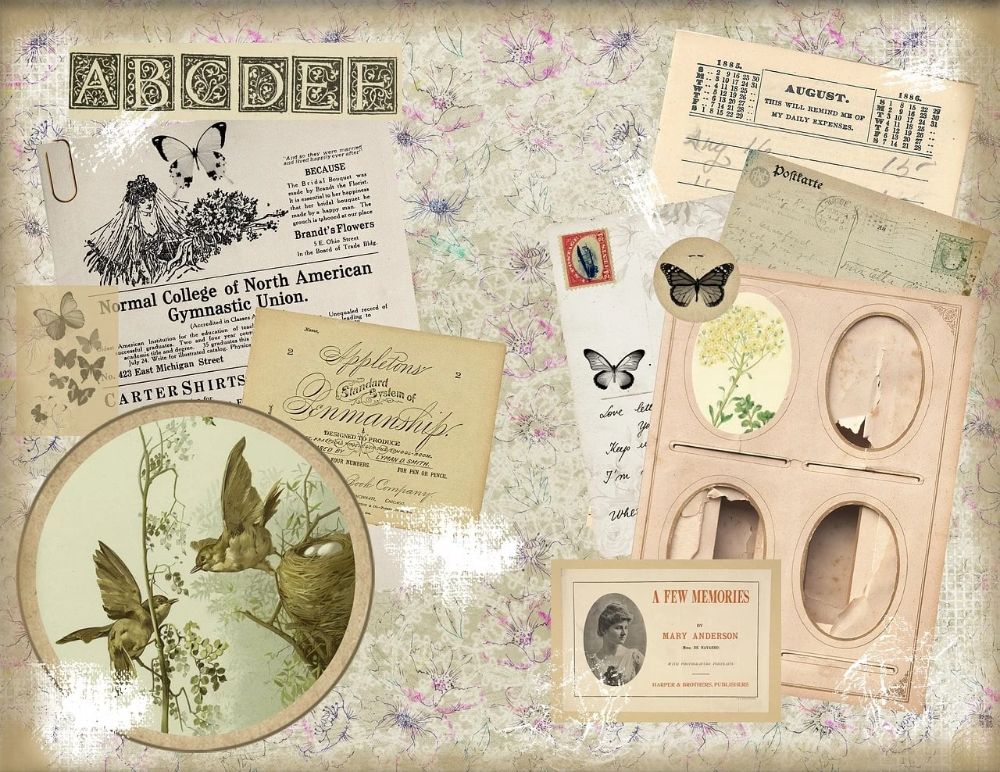Scrapbooking has long been a cherished hobby for preserving memories, showcasing artistic expression, and telling personal stories. With the advent of technology, scrapbooking has evolved from the tactile experience of cutting and pasting to the digital realm of clicks and drags. This article explores the differences between digital and traditional scrapbooking, examining how each method offers unique benefits and challenges to enthusiasts worldwide.
The Tangible Charm of Traditional Scrapbooking
Traditional scrapbooking involves creating physical albums using printed photos, decorative papers, stickers, ribbons, and various embellishments. This hands-on approach allows for a sensory experience—feeling the textures, smelling the paper, and engaging in the meticulous process of assembling each page.
One of the primary appeals of traditional scrapbooking is the opportunity for personalization. Crafters can incorporate mementos like ticket stubs, dried flowers, and handwritten notes, adding a sentimental touch that digital methods may lack. According to a survey by Scrapbooking.com, 62% of scrapbookers prefer traditional methods because they enjoy the tactile engagement and the satisfaction of creating something tangible.
However, traditional scrapbooking can be time-consuming and requires ample physical storage space for both materials and finished albums. The cost of supplies can also add up, making it a potentially expensive hobby.
The Rise of Digital Scrapbooking
Digital scrapbooking leverages computer software and online platforms to create scrapbook pages using digital photos, graphics, and text. This method has gained popularity due to its convenience and flexibility. With digital tools, scrapbookers can easily edit photos, experiment with layouts, and apply effects that would be challenging to achieve by hand.
A significant advantage of a digital scrapbook is the ability to share creations instantly with friends and family via email or social media. Additionally, digital files are easy to store and back up, reducing the risk of damage or loss. The Craft & Hobby Association reported that digital scrapbooking saw a 25% increase in participants between 2015 and 2020, reflecting a growing trend toward digital creativity.
On the downside, digital scrapbooking may lack the physical connection that some crafters value. The experience is limited to screen interactions, and unless printed, the pages remain virtual.
Comparing the Two: Which One Suits You?
When deciding between digital and traditional scrapbooking, consider the following factors:
- Creative Control: Traditional scrapbooking offers unlimited creative freedom with physical materials, while digital scrapbooking provides advanced editing capabilities.
- Cost: Traditional methods may require ongoing purchases of supplies, whereas digital scrapbooking often involves a one-time investment in software.
- Time Commitment: Digital scrapbooking can be quicker, allowing for easy adjustments and edits. Traditional scrapbooking may be more time-intensive due to the manual effort involved.
- Storage: Physical scrapbooks require space for storage and preservation. Digital scrapbooks are stored electronically, saving physical space.
- Sharing: Digital pages are easily shared online, while traditional pages need to be scanned or photographed for digital sharing.
Understanding your preferences and priorities can help you choose the method that aligns with your creative goals.
Blending the Best of Both Worlds
Many scrapbookers are now adopting a hybrid approach, combining elements of both digital and traditional scrapbooking. This method involves creating layouts digitally and then adding physical embellishments after printing, or vice versa. The hybrid technique allows crafters to enjoy the tactile aspects while benefiting from digital convenience.
Benefits of Hybrid Scrapbooking:
- Customization: Use digital tools for precise layouts and add personal touches with physical materials.
- Efficiency: Save time with digital editing and enhance pages with quick physical additions.
- Versatility: Access a wider range of design options by combining digital assets with tangible items.
The hybrid approach caters to those who want a balanced experience, merging technology with hands-on creativity.
The Social Aspect and Community Engagement
Scrapbooking, whether digital or traditional, often involves a community of like-minded individuals. Workshops, classes, and online forums provide opportunities for sharing ideas, techniques, and finished projects. According to Craft Industry Alliance, over 40% of scrapbookers participate in group activities or online communities related to their hobby.
Digital platforms have expanded these communities globally, allowing for virtual collaborations and the exchange of digital assets. Traditional scrapbookers continue to enjoy in-person gatherings, fostering friendships and learning through shared experiences.
Environmental Considerations
An often-overlooked aspect is the environmental impact of scrapbooking. Traditional scrapbooking can contribute to paper waste and the use of non-recyclable materials. Digital scrapbooking is generally more eco-friendly, reducing physical waste and the consumption of raw materials. For environmentally conscious crafters, digital methods may offer a sustainable alternative.
Conclusion
Both digital and traditional scrapbooking offer unique avenues for creativity and memory preservation. Traditional scrapbooking provides a hands-on, personal touch that many find fulfilling, while digital scrapbooking offers convenience, flexibility, and modern sharing capabilities. Ultimately, the choice depends on individual preferences, resources, and the desired creative experience. As technology continues to advance, the lines between digital and traditional scrapbooking may blur further, offering even more innovative ways to tell our stories and cherish our memories.





